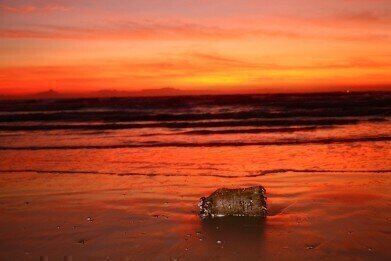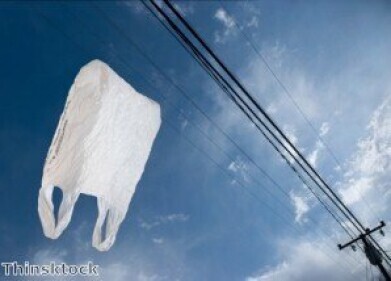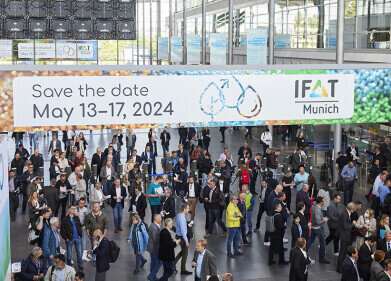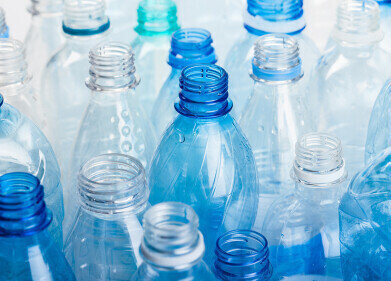Waste Management
What Happens to Plastic Once It's In Our Oceans?
Mar 13 2021
Each year, hundreds of millions of plastic waste is generated across the globe. Some of that is recycled, some enters landfill and some evaporates into airborne form, exposure to which is still not fully understood. However, a significant proportion of that waste – amounting to an estimated ten million tonnes per annum – finds it way into the ocean. But what happens next?
Given that about 50% of those ten million tonnes are light enough to float on the surface of the water, it’s logical to expect that around five million tonnes are visible on the top layer of the ocean. However, the scientific community estimates that just 0.3 million tonnes are floating atop the waves… so what has happened to that missing 4.7 million tonnes of plastic waste?
Although our comprehension of this phenomenon is still in its infancy, there are a number of theories about the possible pathways that plastic particles can take. Here’s a quick rundown of the more common ones, potentially explaining what happens to plastic after it enters our seas and oceans.
Garbage patches
Larger pieces of plastic, such as bottles, face masks and gloves, are able to float on the surface of the sea for decades or even centuries before they degrade and decompose into smaller particles. Thanks to the patterns of the winds and the waves, they can be pushed out into the centre of oceanic basins, where they get caught up in circulatory systems known as “gyres”. The infamous Great Pacific Garbage Patch is one such example, constituting a swirling vortex of trash that covers over 1.6 million square kilometres.
Ingested by marine life
As the plastic is exposed to the pressures and currents of the ocean, it can gradually break down into smaller pieces known as microplastics. These are potentially even more dangerous than larger fragments, since their diminutive size means they can be mistaken for food by fish and other marine dwelling animals. Although the exact effects of microplastic ingestion are not yet fully known, at the very least they occupy space inside the creature’s stomach and trick it into thinking it’s full, all the while providing no nutritional benefits.
Ingested by humans?
What’s more, smaller animals can be ingested by larger ones, with the microplastics continuing to accumulate in their stomachs over time. They eventually end up on our own dinner tables – as much as one in three fish consumed by humans is believed to contain at least some traces of microplastics – which is concerning news indeed.
Biofouling
In a rather bizarre twist, it’s also been discovered that certain microorganisms are able to grow atop the surface of microplastics, thus increasing their density and forcing them to the seafloor. It’s for reasons like this that traces of plastic pollution have been found in even the remotest locations on Earth, including the Mariana Trench some 11,000km below sea level.
Events
May 05 2024 Seville, Spain
May 13 2024 Munich, Germany
May 23 2024 Beijing, China
May 23 2024 Beijing, China
Jun 10 2024 Algiers, Algeria













